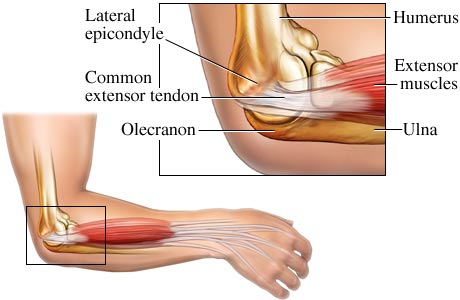Headaches can be debilitating. At the Centeno-Schultz Clinic we experts at evaluating and treating head and neck pain. Muscle dysfunction can be a major source of head pain and requires evaluation. Tight, dysfunctional muscles in the shoulders and cervical spine often give rise to head pain. In a previous blog I discussed referred pain. Referred pain is a term used to describe the phenomenon of pain perceived at a site adjacent to or at a site away from the site of injury’s origin.
Tight, poorly functional muscles give rise to a pain in common referral patterns. The trapezius and splenius capitus muscle are responsible for referred pain into the head as illustrated below:
Treatment for muscle dysfunction is aimed at restoring normal function through IMS and strengthening through MCU.
















